Mixed Reality vs Augmented Reality vs Virtual Reality — what's the difference?
Here's what the future of mixed reality looks like based on Microsoft, Apple and Meta's plans
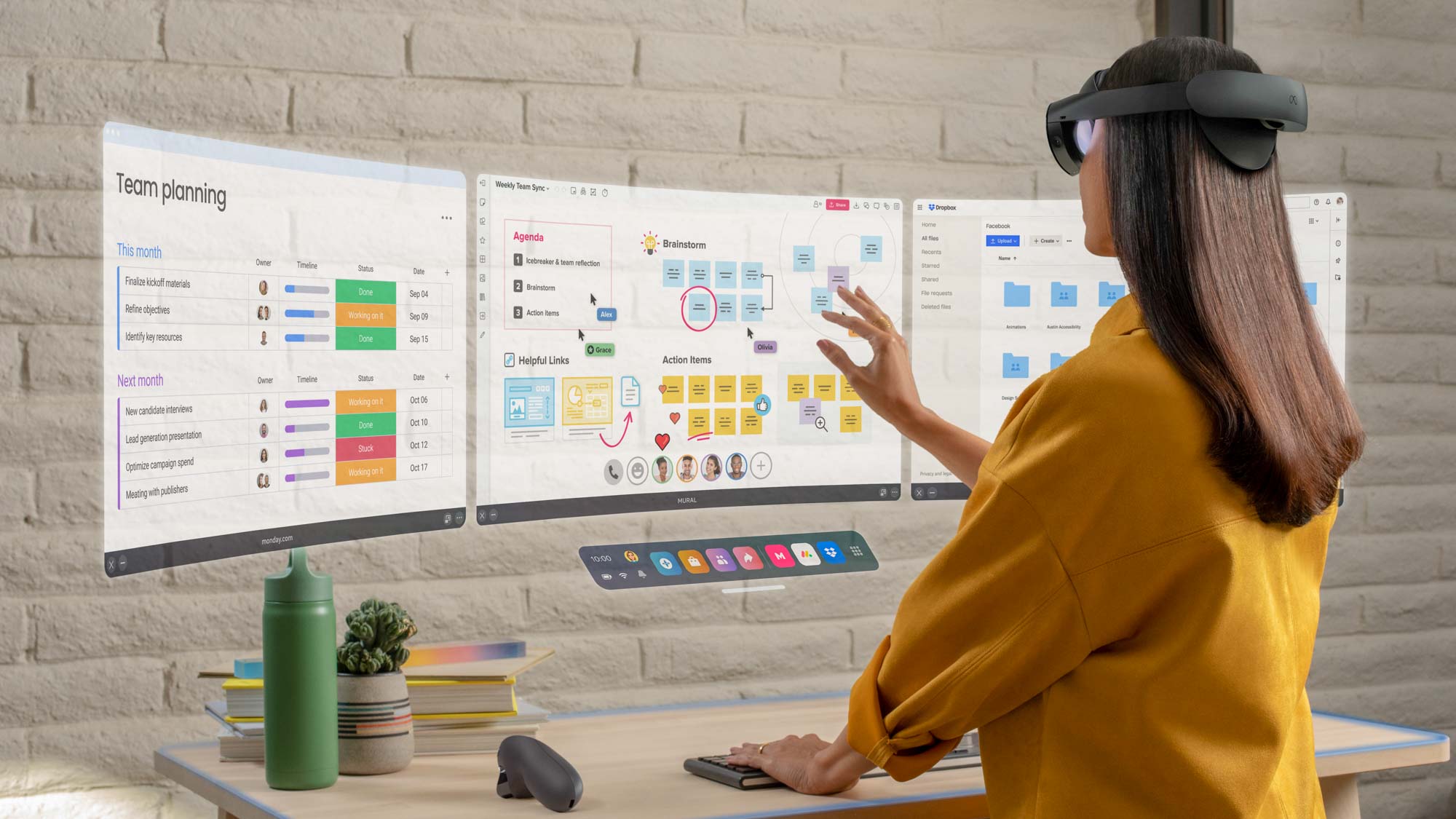
With the release of the Meta Quest Pro, the term mixed reality has started to take over the virtual reality space. Both the Meta Quest 2 and the PICO 4 have some mixed reality capabilities with cameras occasionally allowing for the real world to pass through into your VR headset. And technically, the Microsoft Hololens 2 and its $3,500 price tag beat the Quest Pro to market. But for the most part, the Quest Pro represents the first attempt to bring mixed reality to the mainstream.
But what is mixed reality? And how is it different from virtual reality or augmented reality? To answer that, we looked at Microsoft, Apple and Meta's plans for the future to see how they view mixed reality and its place in the digital world.
Mixed Reality vs Augmented Reality vs Virtual Reality
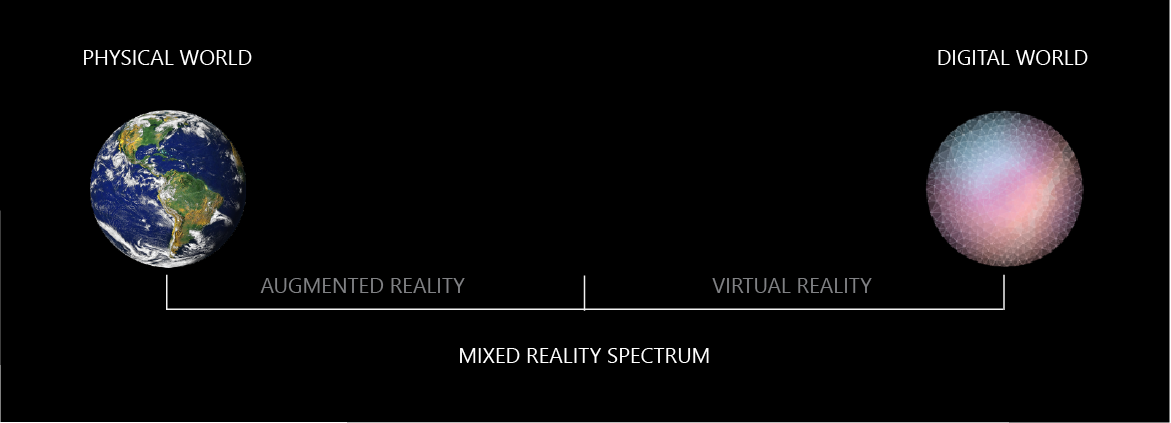
First, let’s start with virtual reality. Virtual reality (VR) is a fully immersive world that is created by hardware that does not bring in elements of the real world. Or as Meta describes it, VR “creates a computer-simulated environment where you aren’t just a passive participant, but a co-conspirator.”
Augmented reality, meanwhile, is the other end of the spectrum — which Microsoft refers to as the mixed reality spectrum. Augmented reality (AR) basically adds digital overlays to the existing real world. Despite how increasingly mainstream VR has become, you actually probably use AR the most.

Ever used Snapchat filters? Those are AR filters. And don’t forget Pokemon Go, the AR mobile game that took the world by storm a few years back. That game used AR to place Pokemon in the real world using the processing power and cameras of your smartphone.
Mixed reality (MR) lies somewhere in between the two. It adds overlays and real-world objects into a virtually rendered world. Intel actually describes it really well. “You can play a virtual video game, grab your real-world water bottle, and smack an imaginary character from the game with the bottle.” In proper mixed reality, the lines completely blur.
Unfortunately, unlike VR or AR, you cannot really access mixed reality through your smartphone. This is due to hardware limitations that prevent it from being both holographic and immersive simultaneously. Even today’s modern VR and AR headsets typically skew heavily to one side of the spectrum or the other. The Meta Quest Pro, for example, is really a VR headset that has some MR capabilities, rather than a truly MR device.
Get instant access to breaking news, the hottest reviews, great deals and helpful tips.
Microsoft’s mixed reality plans
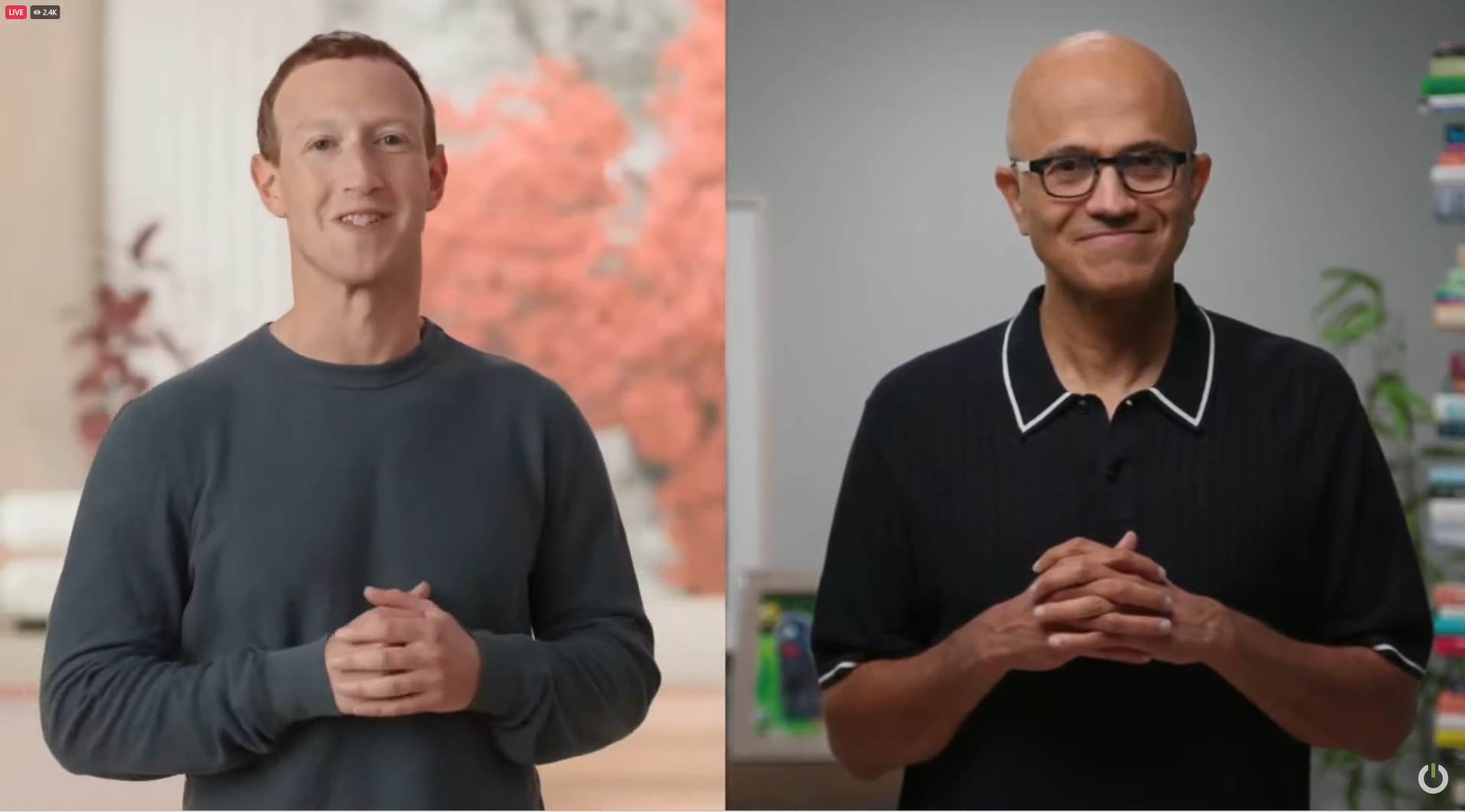
Microsoft was actually one of the first tech firms to really embrace mixed reality. Its Hololens and Hololens 2 headsets were aimed at being the first mainstream mixed reality headset, with the ability to add varying degrees of immersion through holographic overlays. Unfortunately, its high price point relegated it to the enterprise arena, with one of Hololens 2’s biggest use cases now being military training for the U.S. Army.
This doesn’t mean that Microsoft has abandoned the mixed reality arena — far from it. Despite conflicting reports, the current assessment is that hardware is no longer Microsoft’s key focus regarding MR. In fact, recent comments by Microsoft CEO Satya Nadella indicate that Microsoft is focused on providing software to the market leader in mixed reality hardware — whoever that may be. At the moment, it’s Meta, but that could change in the future.
How is Meta using Mixed Reality?
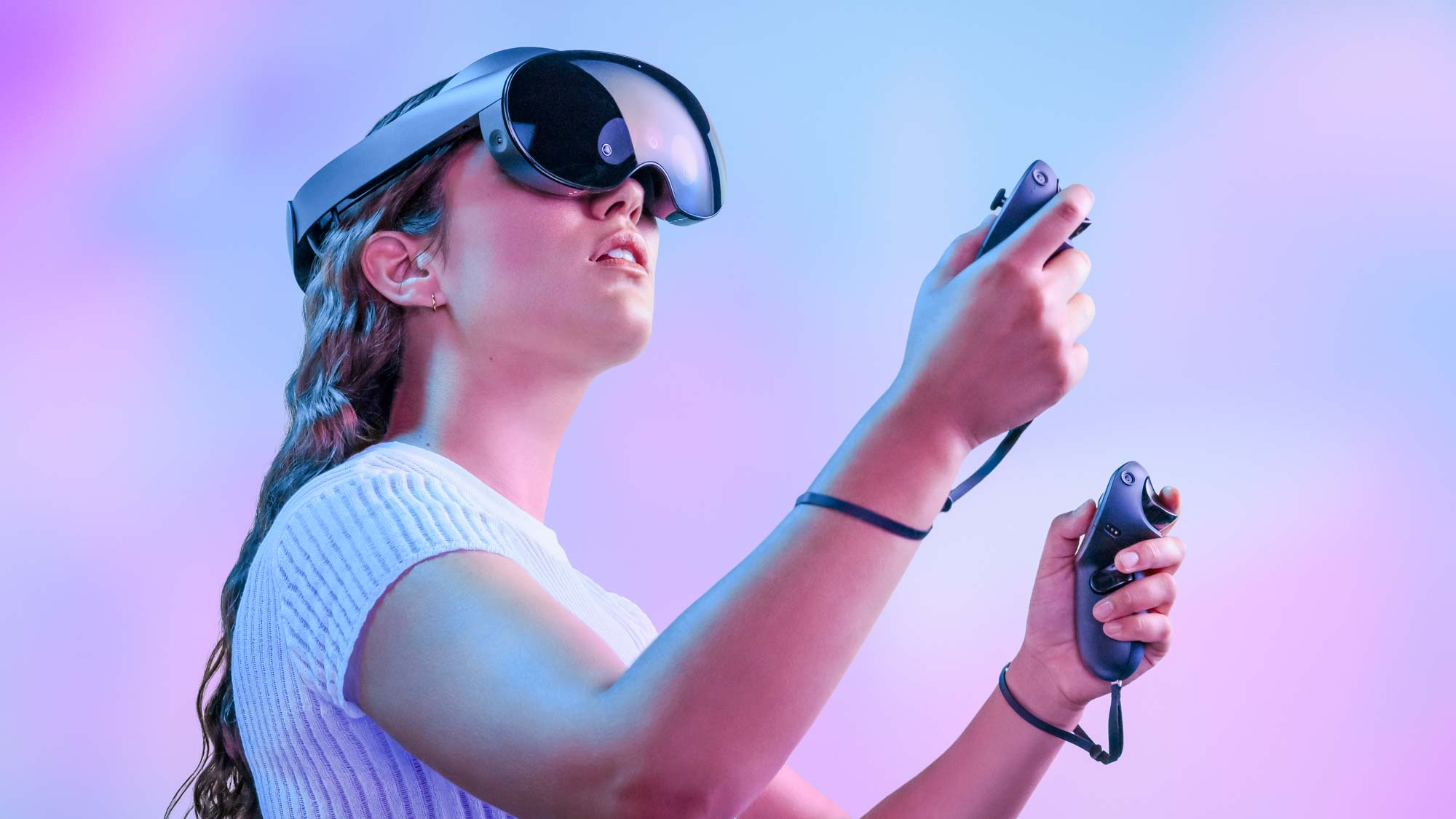
Meta and the Meta Quest 2 headset currently dominate the market. According to the International Data Corporation (IDC), Meta currently has a 90% market share in the VR market, followed by PICO with just a 4.5% share. This in a vacuum doesn’t mean much for consumers, unless it allows Meta to increase its headset prices without having to worry about the competition. But when combined with Microsoft’s shift to providing software to the market leader, it becomes a major advantage for Meta.
We are already starting to see a significant partnership between Meta and Microsoft develop. At Meta Connect 2022 Satya Nadella joined Meta CEO Mark Zuckerberg on stage virtually to discuss Meta and Microsoft’s future plans. These plans include adding 2D versions of Microsoft Office 365 and Xbox Cloud Gaming to the Quest platform.
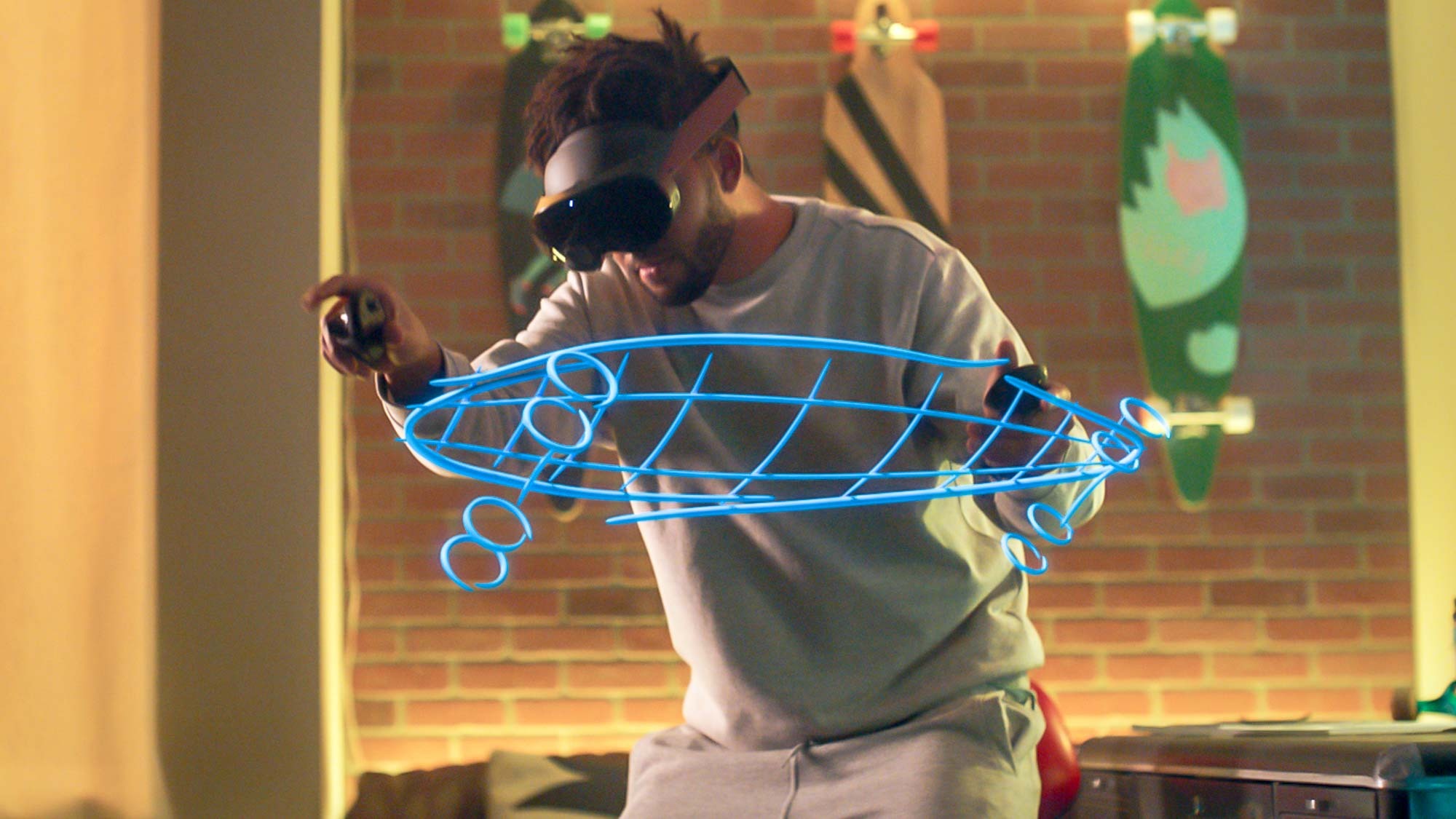
However, this collaboration will also bleed into mixed reality. Microsoft Teams is being designed to be fully immersive on the Quest Pro, and could bring in the Quest Pro’s “Full Color Mixed Reality.” This uses outward-facing cameras to bring the outside world into your Quest Pro headset. As Zuckerberg puts it, “Imagine working at your virtual desk with multiple screens while seeing your real desk so clearly that you can pick up a pen and write notes without taking your headset off.”
The Meta Quest 3 is expected to launch sometime in late 2023 and is also tipped to be a mixed reality headset. This could signal that Meta wants to bring passthrough pioneered by the Quest Pro to its future devices. This would increase the appeal of its headsets as productivity devices without limiting them to enterprise customers. But it could also signal that Meta and the mixed reality market are simply reacting to the next big player expected to enter the arena — Apple.
Apple: The future is not virtual reality

Apple has been rumored to be working on two devices on the mixed reality spectrum for some time now. First, there are the Apple Glasses. These are similar to the infamous Google Glass and are strictly AR devices. No immersion whatsoever.
The other rumored device is an Apple VR/AR headset. This would be a pure mixed reality headset designed to compete with the Meta Quest lineup — particularly the Meta Quest Pro. This device is suggested to feature hand-tracking and gesture control and even the ability to type in the air on a virtual keyboard. The goal is to create a device that is as immersive as possible without fully extracting the user from the real world.
Apple doesn’t want to put you fully into VR, and that desire is driven by its CEO Tim Cook. In the past, Cook has indicated that his focus is primarily on AR and mixed reality and not on VR. He has also hyped up the ability of Apple’s existing devices to give users AR experiences. Apple’s own site boasts that Apple is the largest AR platform with numerous AR applications and devices. These range from the aforementioned Snapchat AR filters to AR Quick Look, which allows users to insert AR overlays into Apple's first-party applications.
Mixed reality's wide-scale adoption is far, far away
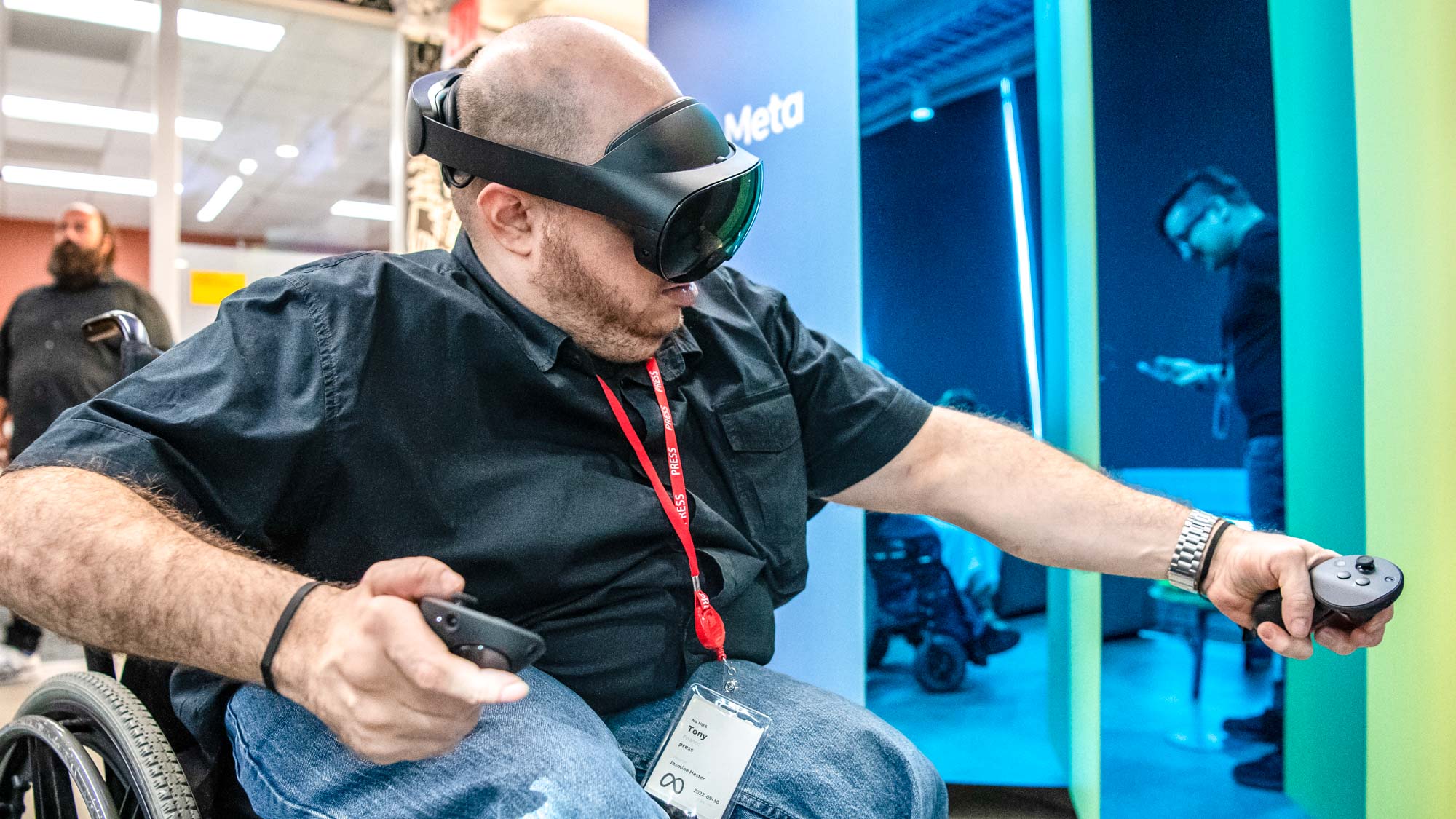
Mixed reality is likely going to be the future of the virtual reality market. IDC forecasts that AR year-over-year growth will start to outpace VR as soon as 2023. While VR headsets will still dominate the market, AR will make continued intrusions that shift us to a mixed reality world.
But what does that mean for consumers? Hopefully innovation and some friendly competition. Currently, the former is already happening. Whether pushed by Apple’s impending entrance into mixed reality or not, Meta is making moves towards a mixed reality future and Microsoft seems open to providing software to anyone with a significant market share. That means increased access to different types of applications and more use cases for this still nascent technology. What’s stopping mixed reality from becoming mainstream is the cost.
Hopefully, competition will force down the price of VR and mixed reality headsets aimed at consumers — eventually. The Meta Quest 3 is currently rumored to be somewhere between $300 and $500 when it launches, which is in line with the Meta Quest 2. But unless competitors like PICO can make a dent or Apple creates an affordable mixed reality headset (and early indications suggest it's not going to accomplish that right away) there may not be a large enough offering of affordable headsets.
To make the future of the digital world mixed reality, we either need a killer app or an affordable price. For now, we have neither.

Malcolm has been with Tom's Guide since 2022, and has been covering the latest in streaming shows and movies since 2023. He's not one to shy away from a hot take, including that "John Wick" is one of the four greatest films ever made.
